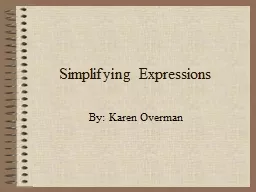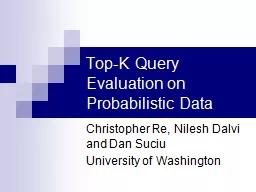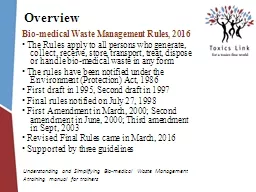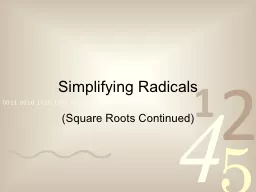PPT-Optimizing and Simplifying Complex SQL with Advanced
Author : alida-meadow | Published Date : 2016-04-30
Grouping Presented by Jared Still About Me Worked with Oracle since version 70 Have an affinity for things Perlish such as DBDOracle Working as a DBA at Pythian
Presentation Embed Code
Download Presentation
Download Presentation The PPT/PDF document "Optimizing and Simplifying Complex SQL w..." is the property of its rightful owner. Permission is granted to download and print the materials on this website for personal, non-commercial use only, and to display it on your personal computer provided you do not modify the materials and that you retain all copyright notices contained in the materials. By downloading content from our website, you accept the terms of this agreement.
Optimizing and Simplifying Complex SQL with Advanced: Transcript
Download Rules Of Document
"Optimizing and Simplifying Complex SQL with Advanced"The content belongs to its owner. You may download and print it for personal use, without modification, and keep all copyright notices. By downloading, you agree to these terms.
Related Documents














